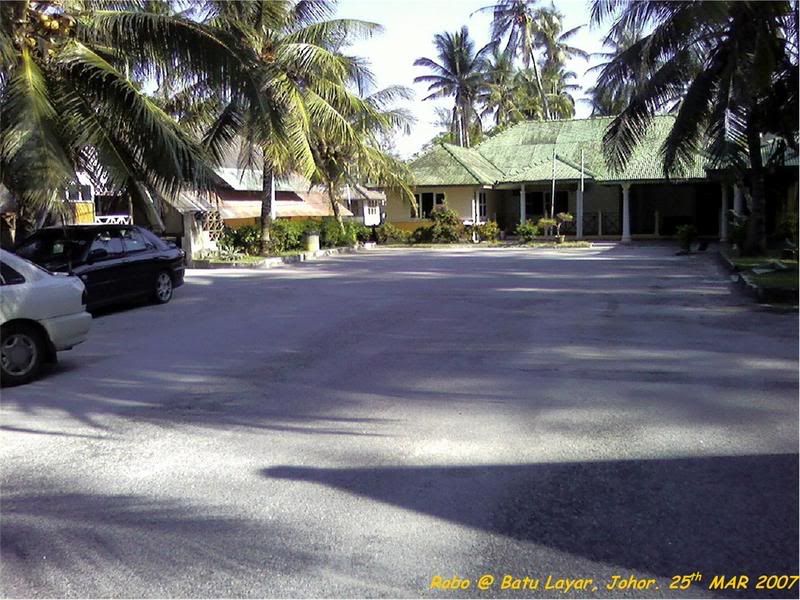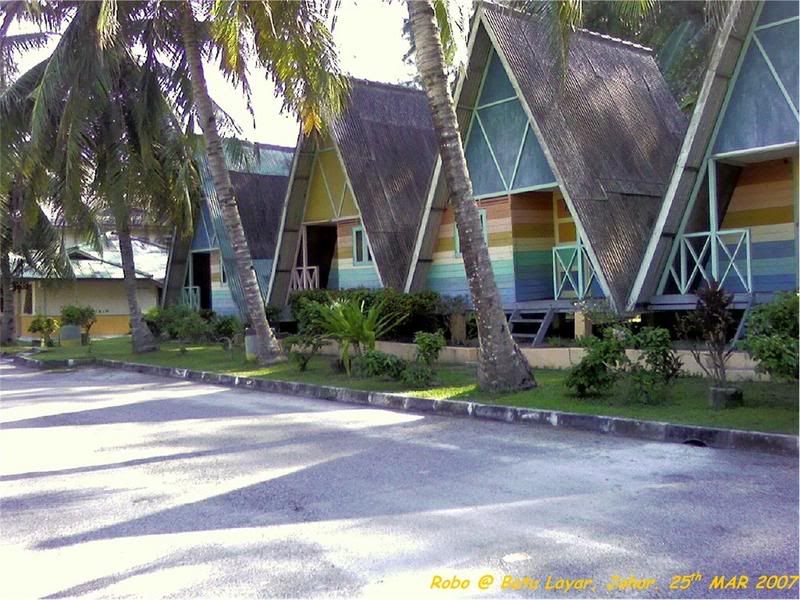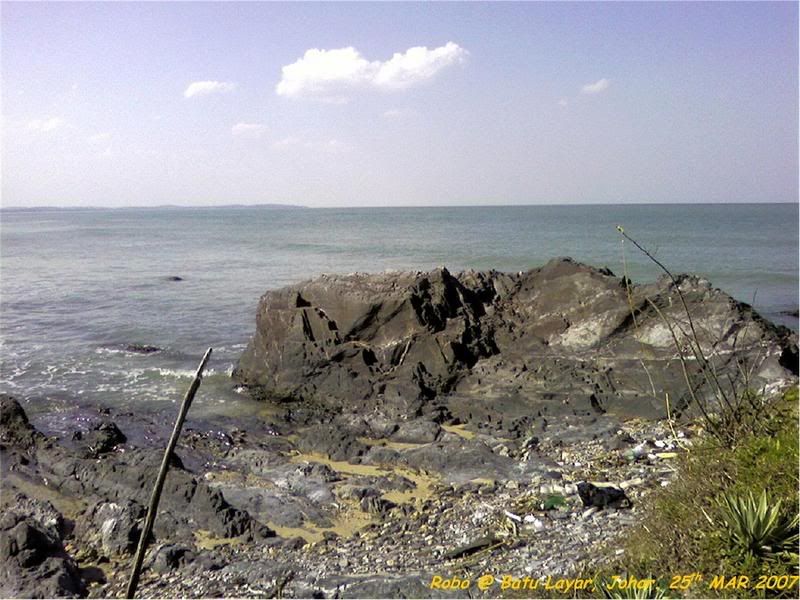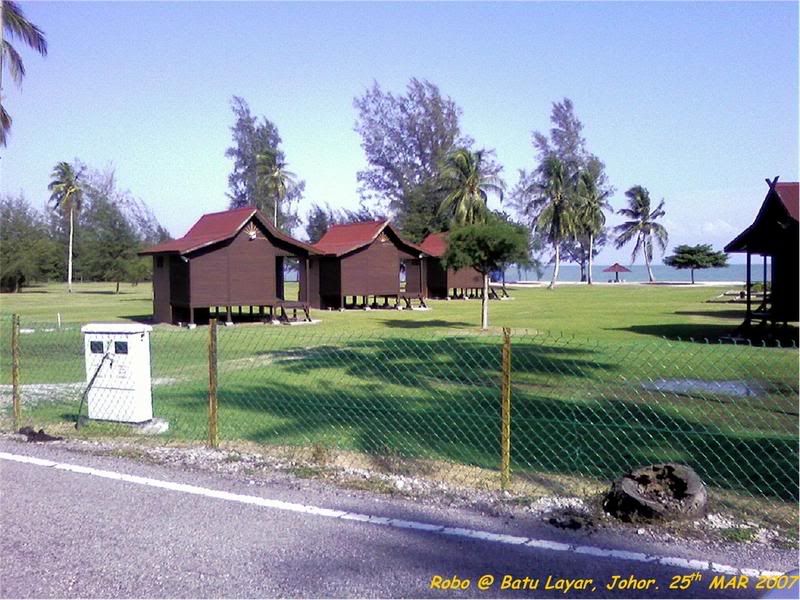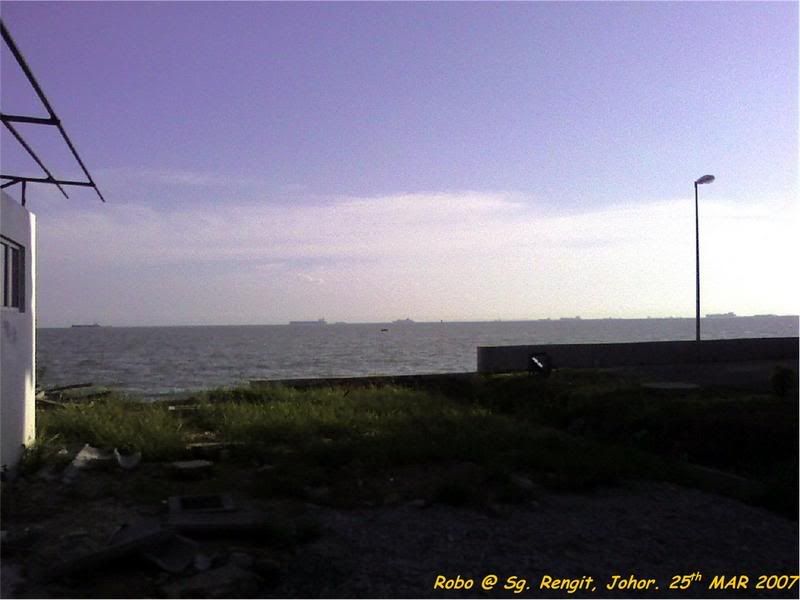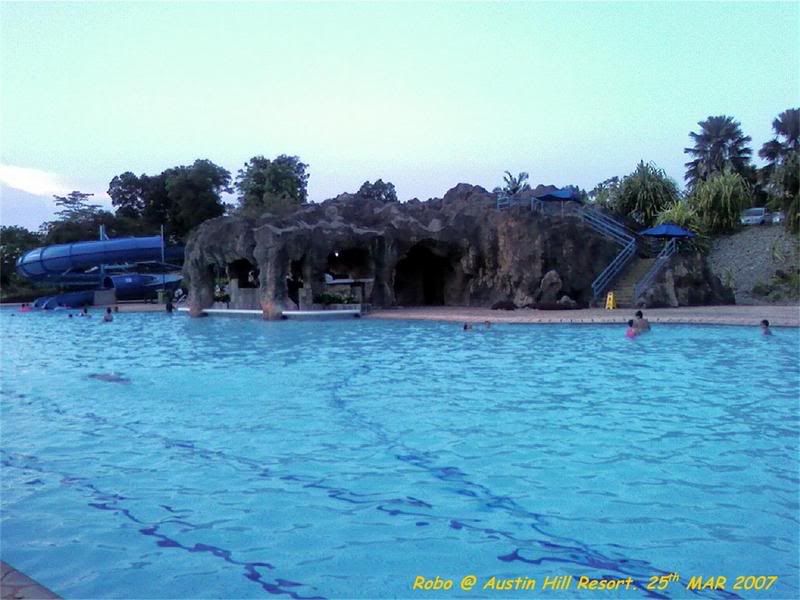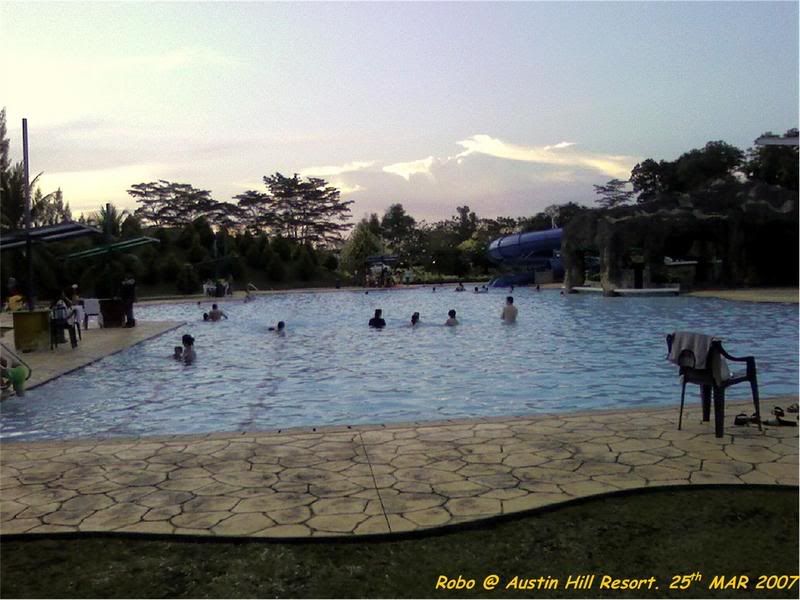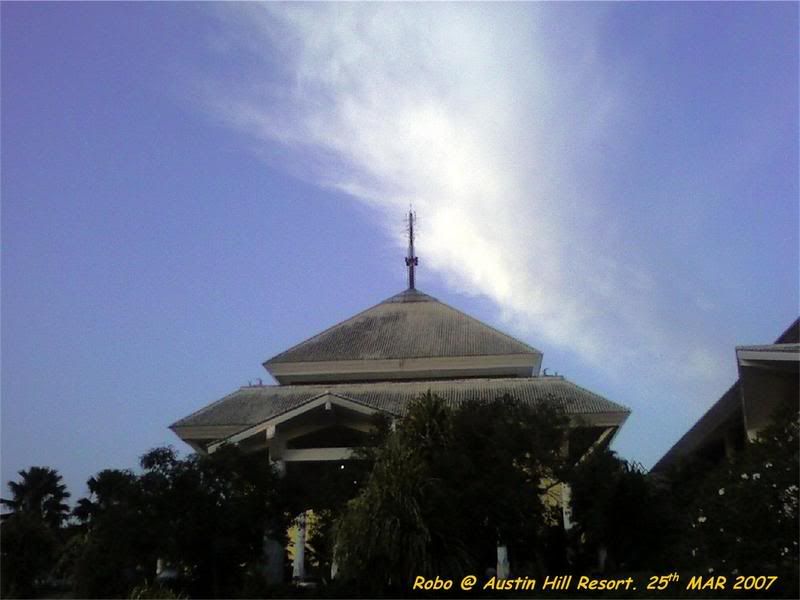After lunch with the gang (Raymond, Stephen, Henry, John & Tommy), Tommy suggest for fish shopping. He intend to get some Kelapu fish and Henry said gonna get some crabs for seafood cooking......
The first visit, please clicks
here.
We set our journey with Raymond, Henry, Tommy & me. After about 45 minutes drive, we reach the Johor River again.
(N1°34.884' E103°58.702')
Before we go in to the jetty, there're plenty of people around there fishing.....cos they can catch a lot of fish due to the recent flood that escape out from the fish farm.
It's was cloudy.....sorry cos can't snap a good pictures......

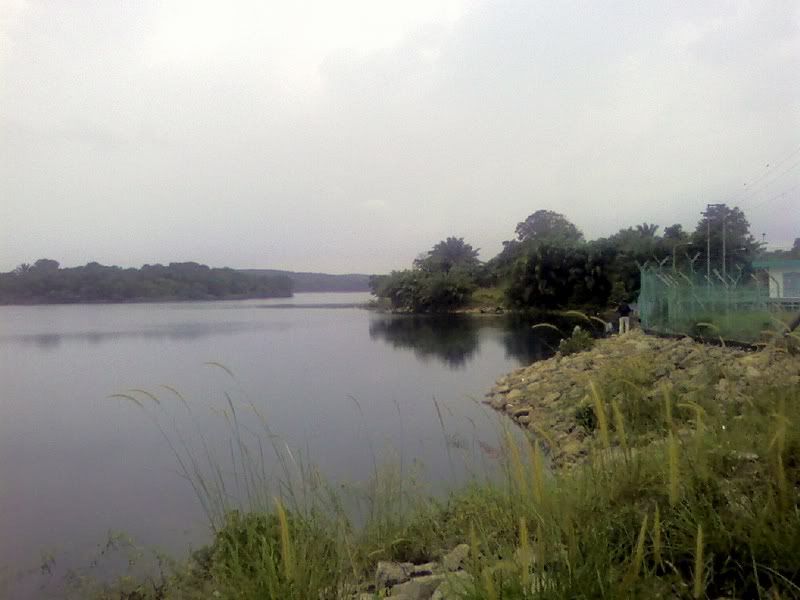
Look at the RED shirt guy.......hmm.....trying to shoot a fish?!
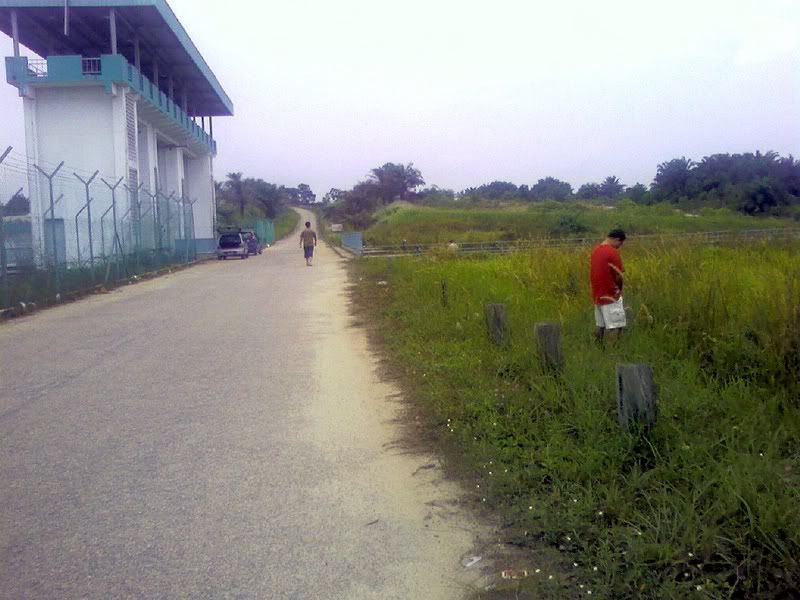
As you can see, so many motors around......
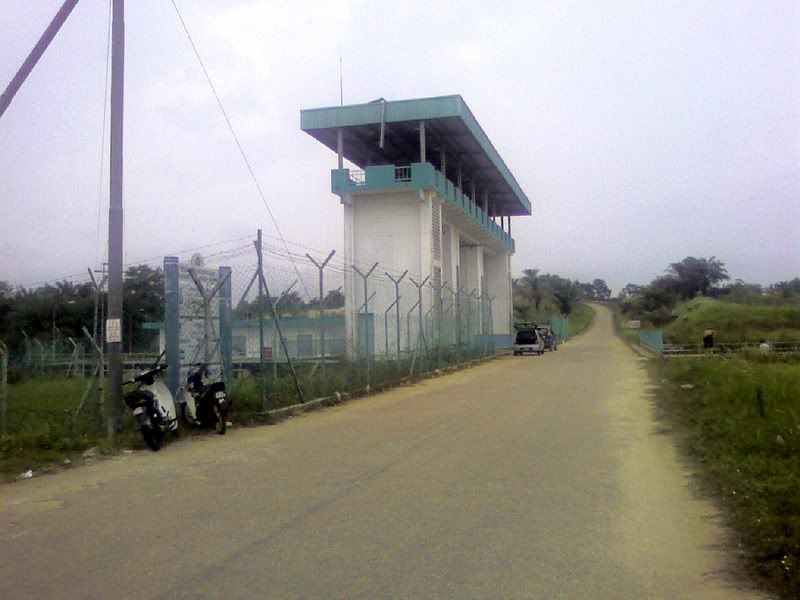
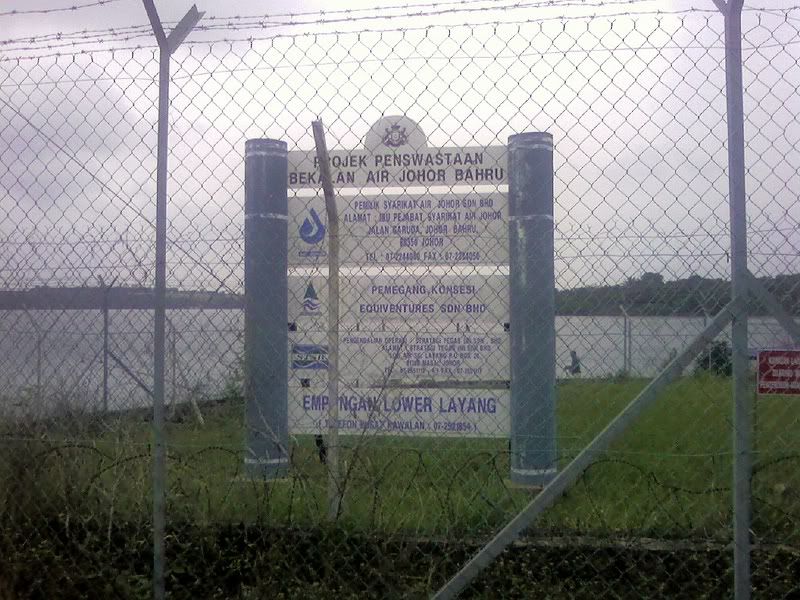
The dam. If you notice that, there are fishes down there......
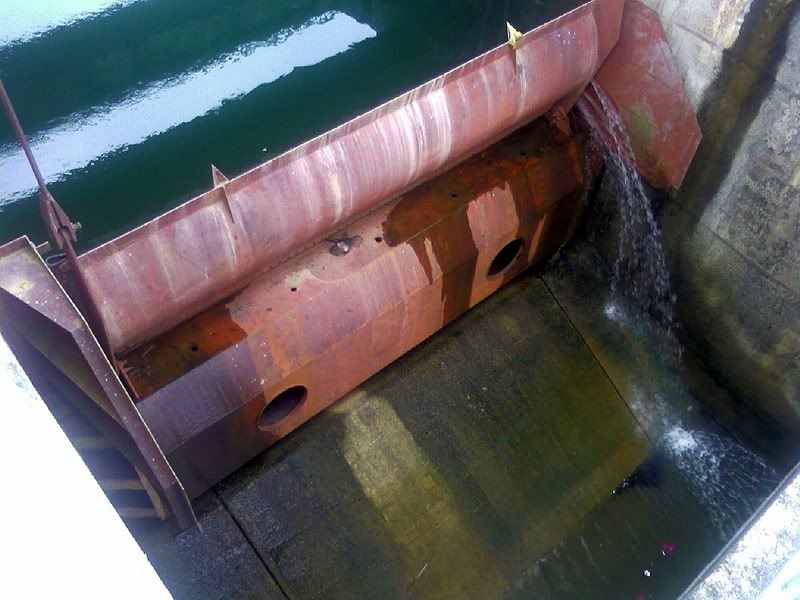
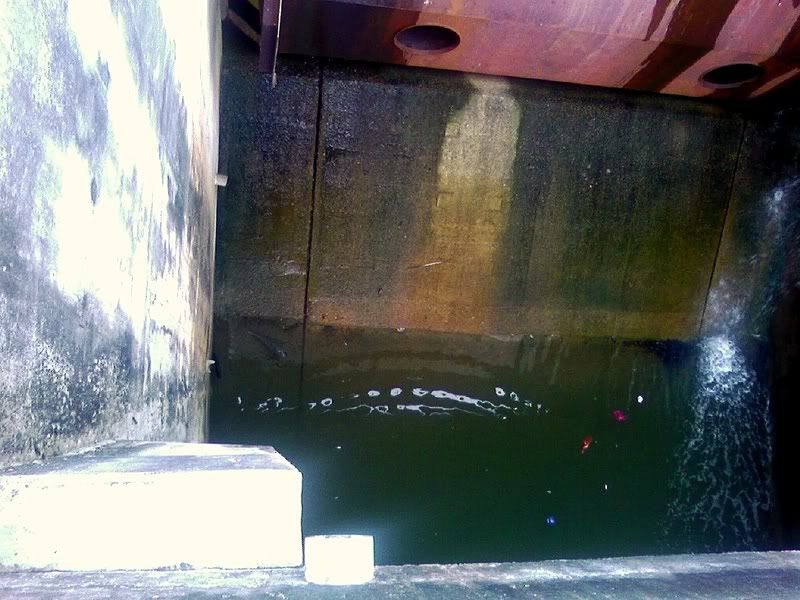
After went close to Johor River side, we notice that it change a lot since the last time we visited. There's a simple coffee shop around that area, and also some sign board.......
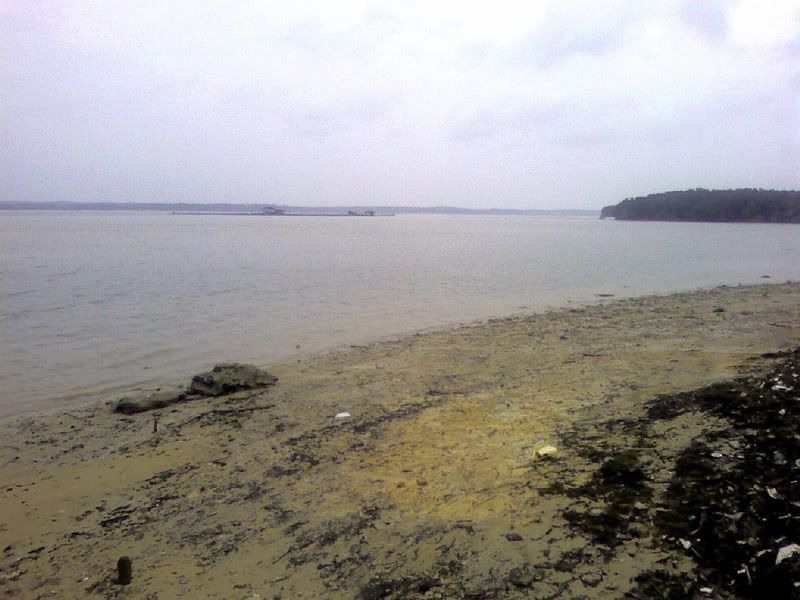

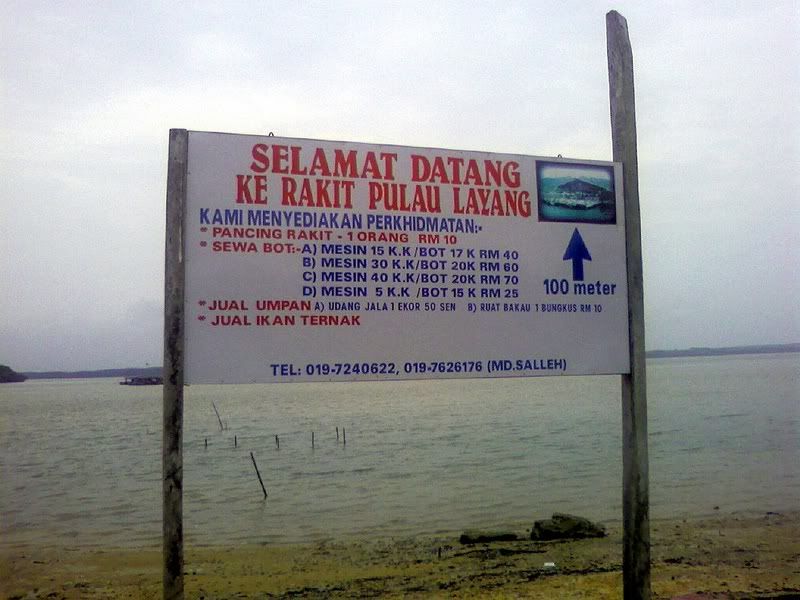
And the coffee shop I mention......
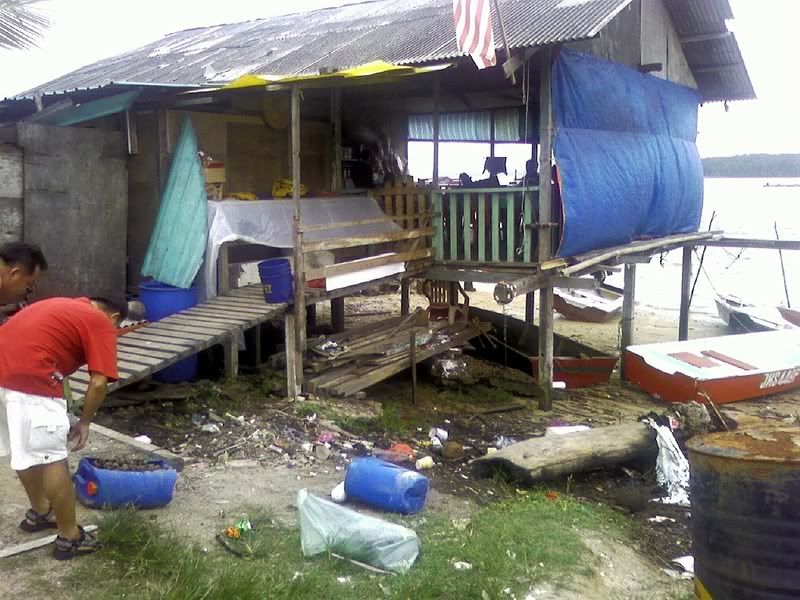
We walk pass this so call coffee shop, there's a small wooden bridge connect to the locals......

The local call "Gong-gong", one of shell type. Commonly see in local Seafood Restaurant.

We meet the one of the local there names "Zohari". He was in the middle of service or repairing his machine......friendly guy.
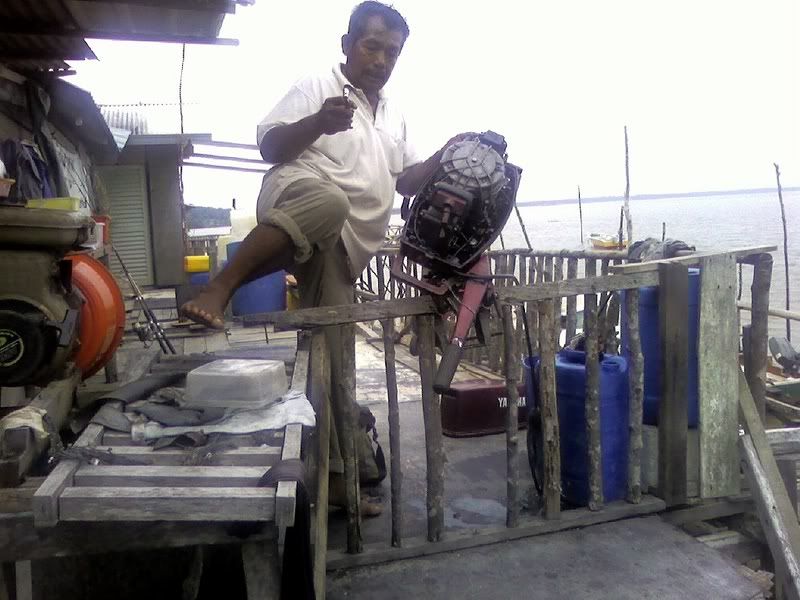

The front view of Mr Zohari house......

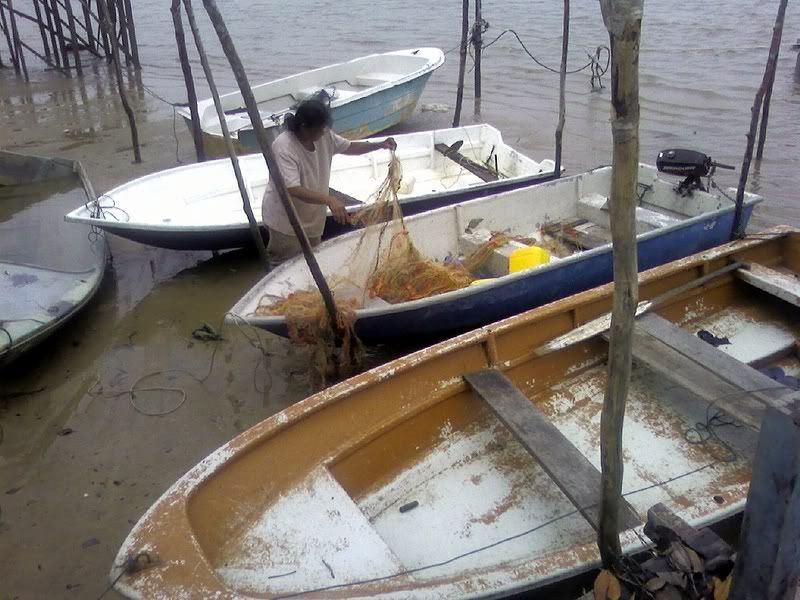
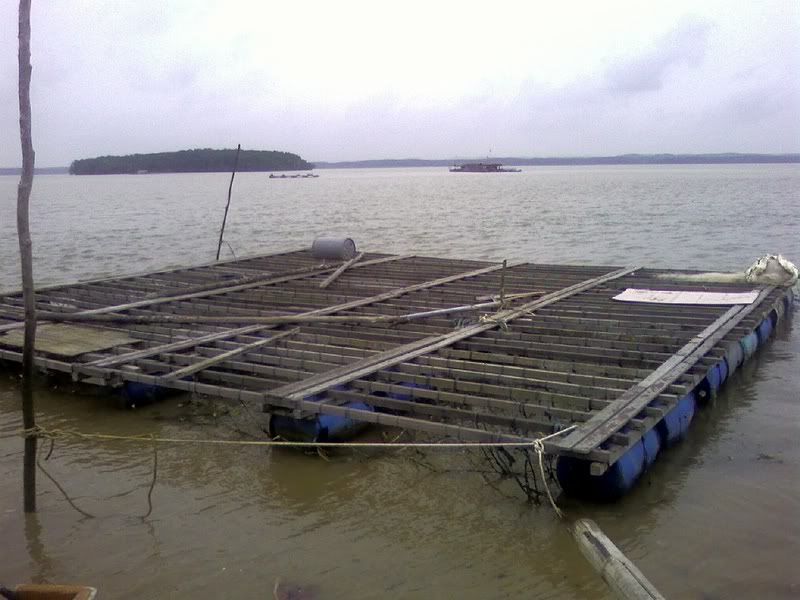 His neighbors
His neighbors........
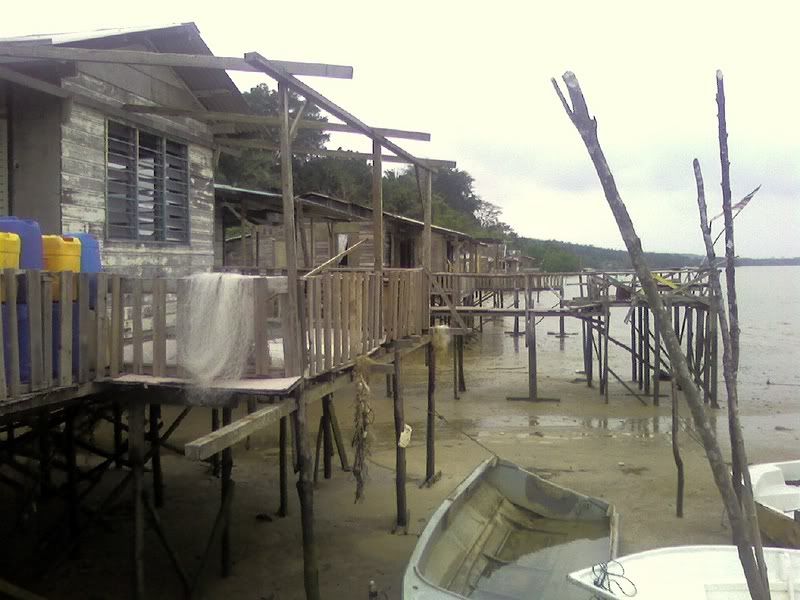
After Mr Zohari shows us what he caught today.......
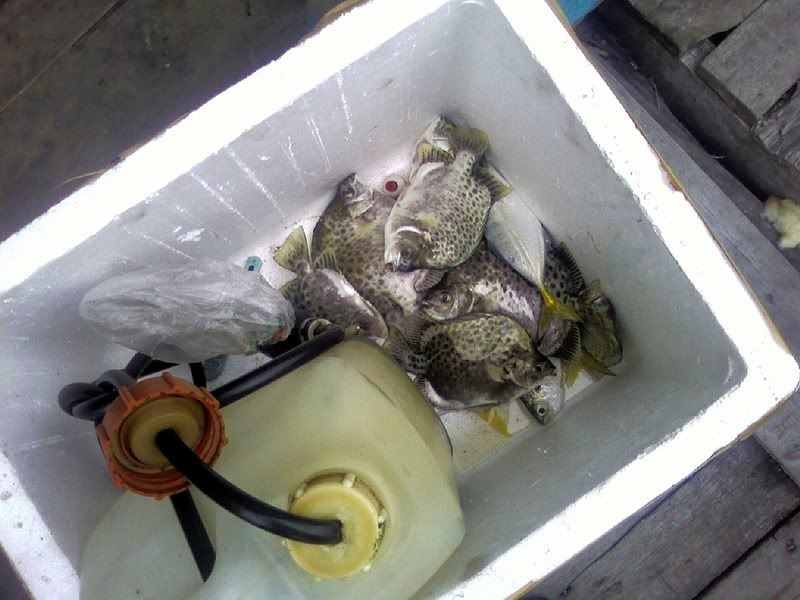
The gang begin to discuss for a boat rent.......
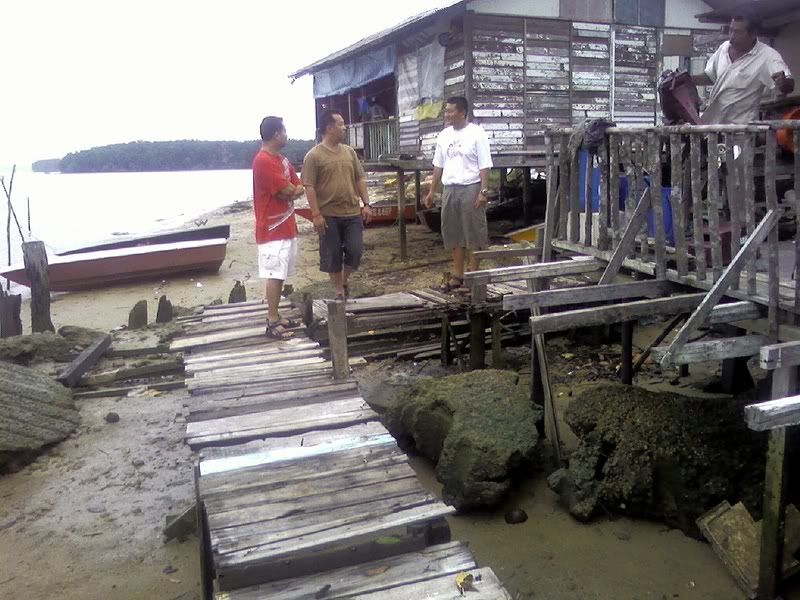
But just talk....only......because we are not preparing at all......
Then we decide to leave Mr Zohari and drive further in that we never explore before......
Just a short drive, we reach another fisherman house......
(N1°35.025 E103°58.440)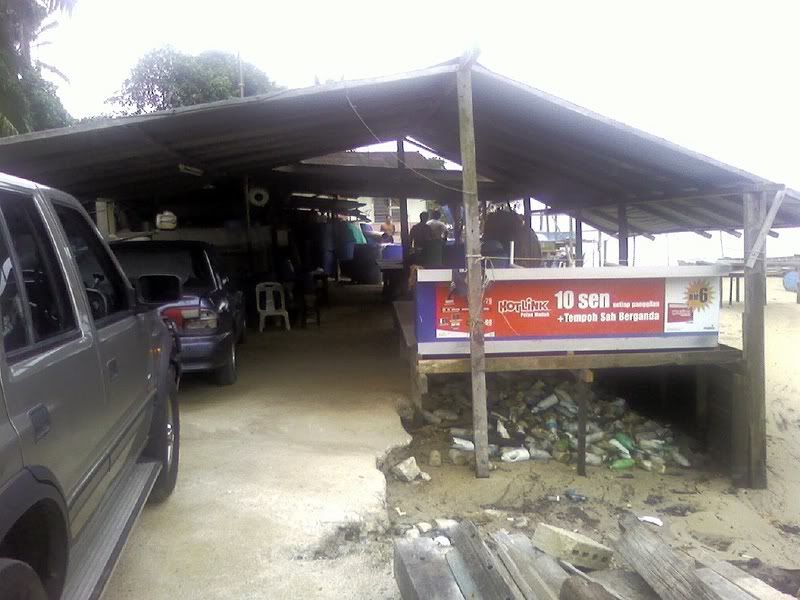
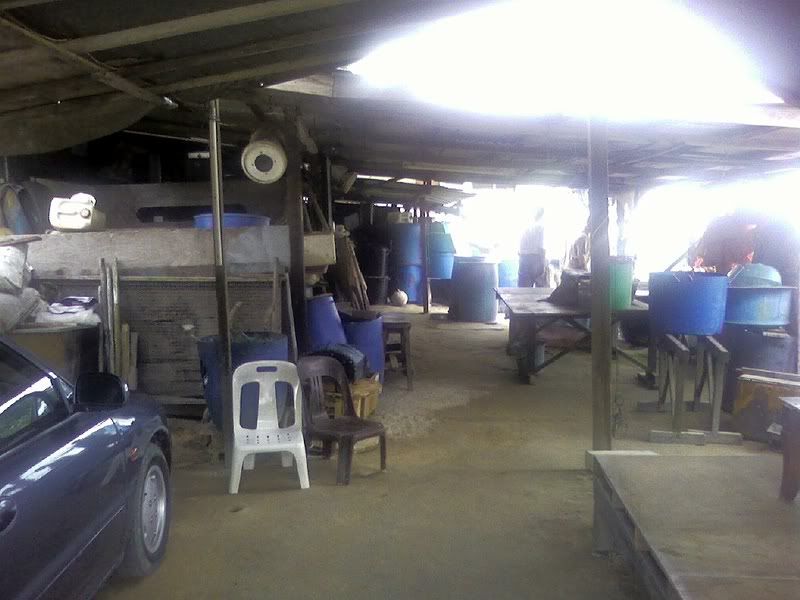
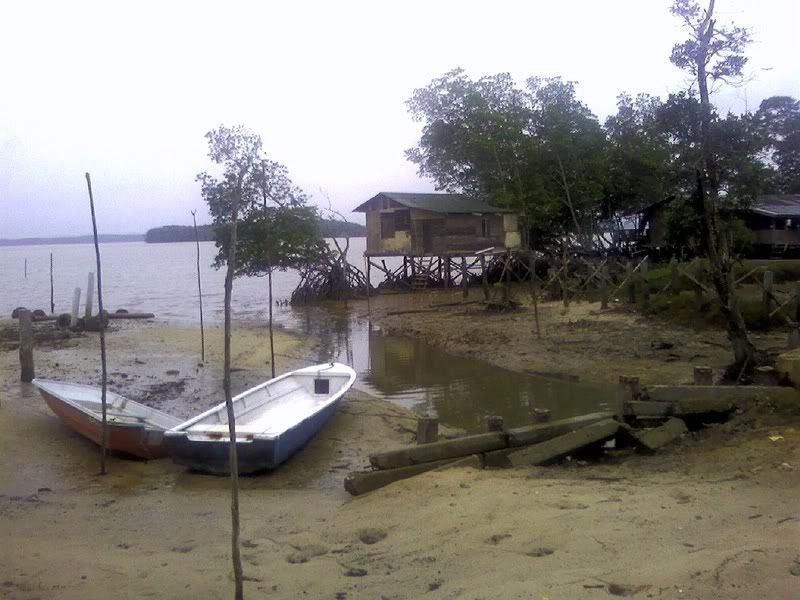
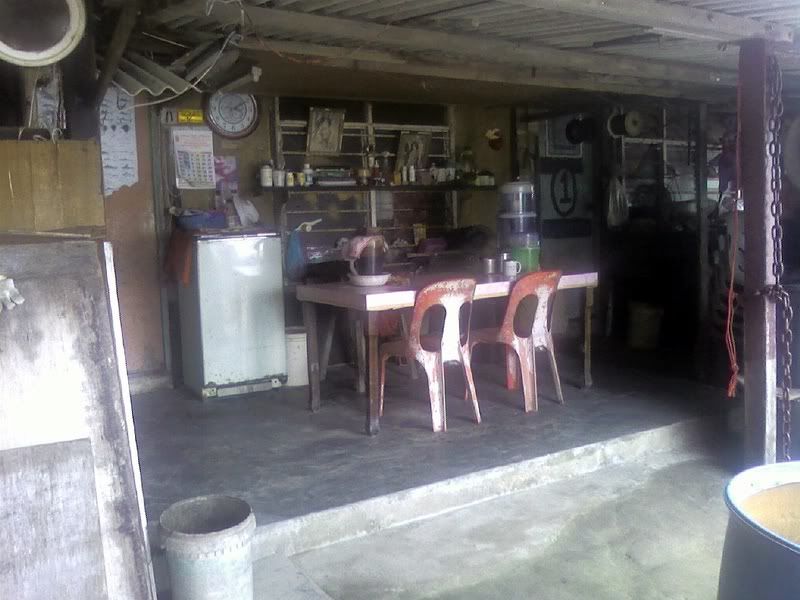
They are selling crabs here, but not today......only during June of every year.
Along the journey back, we accidentally found this small police station.....should I call station?
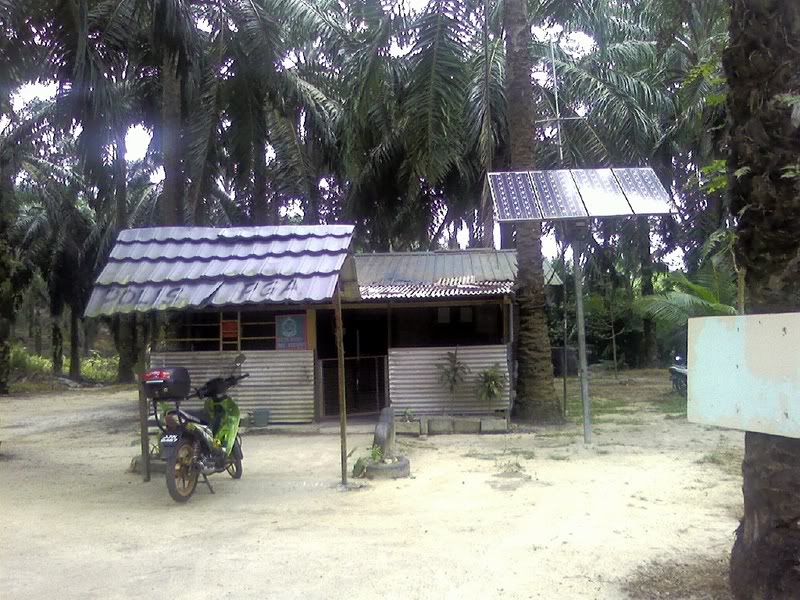
The attraction was the Solar Panel. But after chat with officer there, they are not use the Solar charge for the electrical use.....that's only for the wireless radio communication to their HQ. They still depend on generator.
Closer look on the Solar Panel.

Along our way back to JB, we almost
LOST in this palm oil estate!! Four GPS users in the car but none of us bring the GPS!!
We took around 1 hour round & round in the estate, and at last we manage to get out from it!









